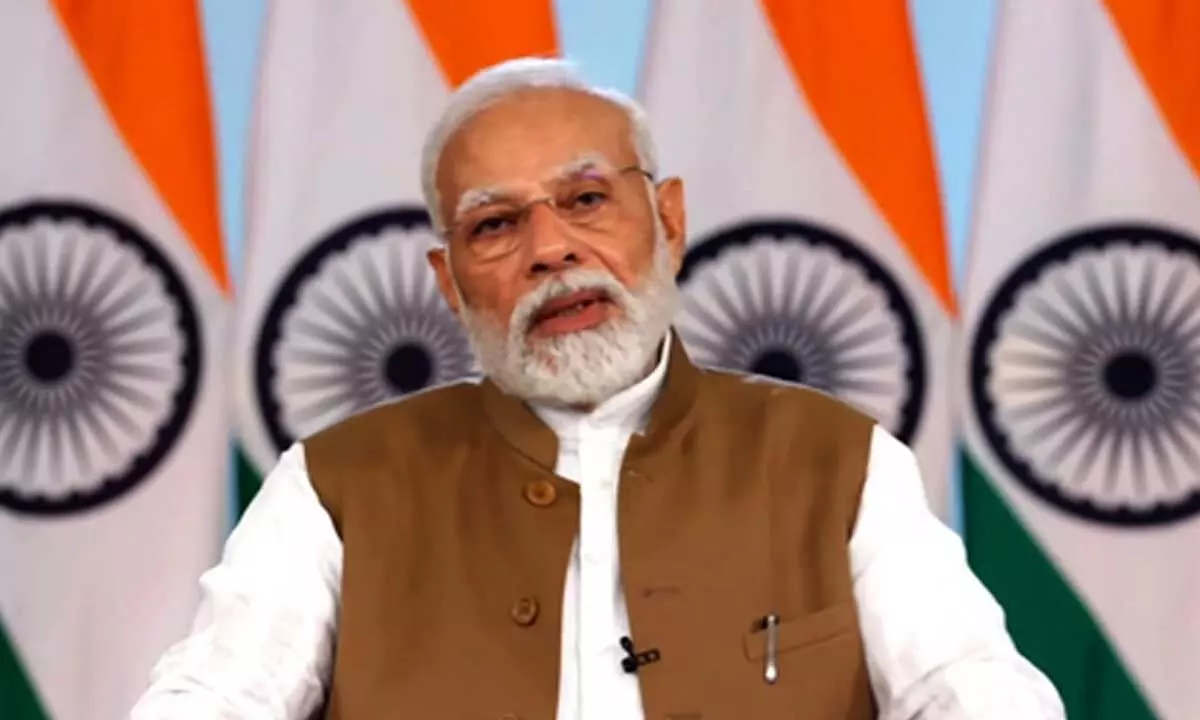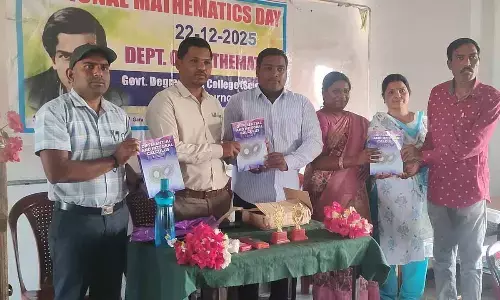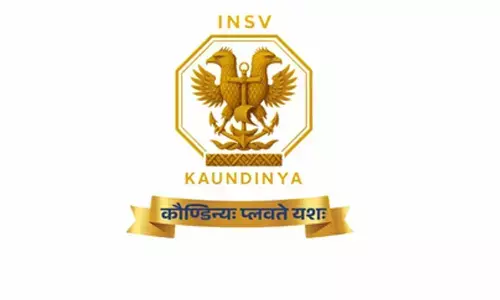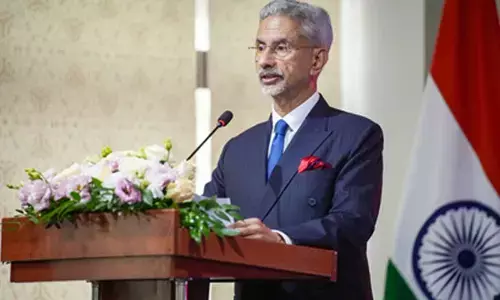Union Cabinet approves eCourts project with financial outlay Rs 7210 crore

Prime Minister Narendra Modi
The Union Cabinet chaired by the Prime Minister Narendra Modi approved the eCourts Project Phase III as a Central Sector Scheme spanning four years (2023 onwards) with financial outlay of Rs.7210 crore.
The Union Cabinet chaired by the Prime Minister Narendra Modi approved the eCourts Project Phase III as a Central Sector Scheme spanning four years (2023 onwards) with financial outlay of Rs.7210 crore.
" eCourts Mission Mode Project is the prime mover for improving access to justice using technology. As part of the National eGovernance Plan, the e-Courts Project has been under implementation since 2007 for ICT enablement of the Indian Judiciary, the Phase II of which has concluded in 2023. Phase III of the e-Courts Project in India is rooted in the philosophy of "access and inclusion".
Taking the gains of Phase-I and Phase-II to the next level, the e-Courts Phase-III aims to usher in a regime of maximum ease of justice by moving towards digital, online and paperless courts through digitization of the entire court records including legacy records and by bringing in universalization of e-Filing/ e-Payments through saturation of all court complexes with e-Sewa Kendras. It will put in place intelligent smart systems enabling data-based decision making for judges and registries while scheduling or prioritizing cases. The main objective of the Phase-III is to create a unified technology platform for the judiciary, which will provide a seamless and paperless interface between the courts, the litigants and other stakeholders.
The Centrally Sponsored Scheme of eCourts Phase III is being implemented under the joint partnership of Department of Justice, Ministry of Law & Justice, Government of India and eCommittee, Supreme Court of India, in a decentralized manner through the respective High Courts to develop a judicial system that would promote ease of justice by making the system more accessible, affordable, reliable, predictable, and transparent for all stakeholders.




















